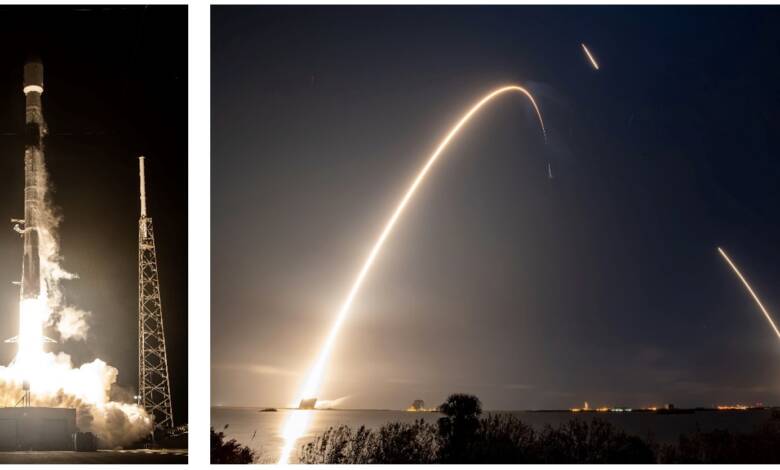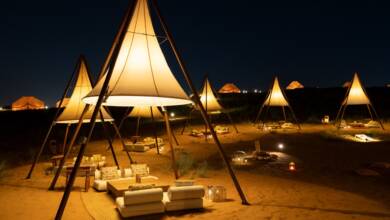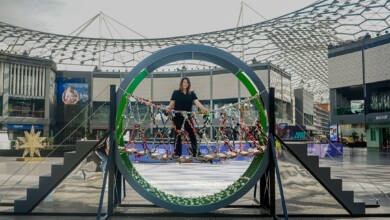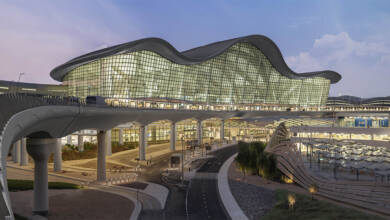UAE’s Rashid Rover takes off to moon

The United Arab Emirates launched its latest space mission, Rashid Rover, as part of the Emirates Lunar Mission, representing a pioneering national endeavour in the space sector and a historic moment that, if successful, will be the first Emirati and Arab mission to land on the surface of the Moon.
His Highness Sheikh Mohammed bin Rashid Al Maktoum, Vice President, Prime Minister and Ruler of Dubai, emphasised that the UAE’s space ambitions continue to be realised by achieving high levels of accomplishment and empowering space cadres to develop the national space sector and consolidate the country’s advanced position in space.
The Rashid Rover was built by Dubai’s Mohammed bin Rashid Space Centre (MBRSC) and is being delivered by the HAKUTO-R lander, engineered by Japanese lunar exploration company ispace. If the landing is successful, HAKUTO-R will also become the first commercial spacecraft ever to make a controlled landing on the moon.
“Rashid Rover is part of the UAE’s ambitious space programme, which began with Mars, progressed to the Moon, and soon to Venus. Our goal is to increase our knowledge, enhance our capabilities, and leave a scientific legacy in the history of space and humanity.
“Reaching the Moon is a milestone in our ambitious march to progress for our nation and its people, who know no limits. And our next step is bigger and higher.”
The Rashid Rover will now cruise through space for nearly four months, aiming to land in the Moon’s Atlas Crater in April 2023.
The Emirates Lunar Mission
The Emirates Lunar Mission is part of the new 2021-2031 strategy launched by the MBRSC, which includes the development and launch of Rashid, the first Emirati lunar rover named after the late Sheikh Rashid bin Saeed Al Maktoum, builder of modern Dubai.
Being referred to as one of the world’s most compact rovers, the Rashid Rover was designed and developed by Emirati engineers from the Mohammed Bin Rashid Space Centre team. It aims to pave the way for humanity to make even more qualitative advances in science, technology, communication, and robotics while enabling us to prepare for future missions to the Moon and beyond.
Scheduled to touch down in the Atlas crater in the northeast part of the moon, the rover has been designed to withstand the lunar night, when temperatures can reach as low as -183°C, or -297.4°F.
The Rashid Rover, named after the late Sheikh Rashid Al Saeed, the former ruler of Dubai, will analyze the plasma on the lunar surface and conduct experiments to understand more about lunar dust. Razor-sharp lunar dust particles can stick to and erode spacesuits and equipment, causing operational problems for astronauts.





